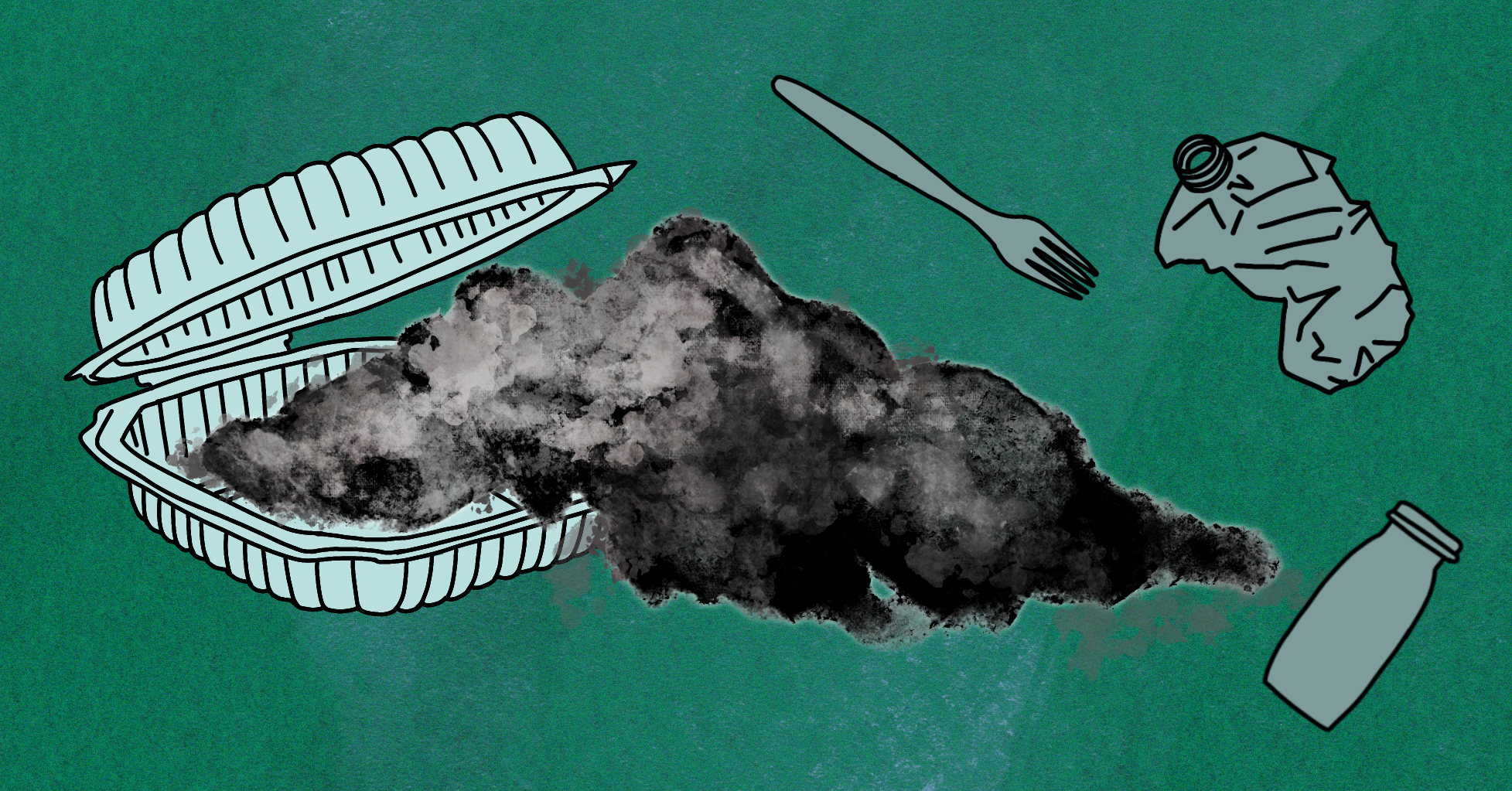Are we addicted to using plastic?
New pollution prevention planning notice in preparation for the Canadian government’s plans to cut down on single-use plastic food packaging.
To help minimize the amount of plastic waste produced by large grocery retailers, the Canadian government has proposed to publish a pollution prevention planning notice (P2 Notice). The proposed P2 Notice would delineate rules and regulations applying to primary food plastic packaging: “packaging that comes into direct contact with food… [including] clamshells for baked goods and produce, wrap for vegetables and meat, plastic condiment bottles, and bags of pet food.” The P2 Notice will apply to grocery retailers who generate over four billion dollars per year in grocery retail sales.
Consultations for the P2 Notice ended on August 30, 2023, and any stakeholder comments will be included in the proposed P2 Notice to be published in the Canada Gazette, Part I, the Canadian government’s official newspaper.
It is expected that all large grocery retailers implement actions by December 31, 2035, and meet the target goals of the Final Notice. This motion for change derives from a Canada-wide audit of large grocery retailers conducted in the fall of 2022, which found that approximately 64 per cent of products across four major categories (baby food, produce, pet food, and soups) were packaged in single-use plastic.
The P2 Notice expands upon two initiatives that follow Canada’s agenda to eliminate plastic waste: the Single-Use Plastics Prohibition Regulations (SUPPR) published in June 2022 and the regulatory framework paper for the planned Recycled Content and Labelling for Plastic Products Regulations published in April 2023. The P2 Notice will contribute towards preventing plastic pollution and the use of hard-to-recycle plastic. It will also reduce greenwashing efforts—which involves falsely advertising that a company’s products are environmentally friendly when the opposite is true—by banning the use of terms like “biodegradable” on plastic packaging and various single-use items. It also addresses primary food plastic packaging specifically, as this was exempted from the regulatory framework paper over food safety concerns established by the Food and Drugs Act.
Following its implementation, the P2 Notice’s targets are to increase the usage of reusable containers and increase refill options, removing excessive packaging, and designing necessary food-safe plastics that can be reused, recycled, or composted. The timeline for the P2 Notice’s implementation goals is designed with these targets in mind. The P2 Notice calls for a 60 per cent increase in the sales of reusable products, refill systems, products without plastic packaging, and concentrated products by 2035. In the long term, the P2 Notice targets to have “[all] primary food plastic packaging [be] reusable, recyclable, or compostable” by 2028.
Eduardo Souza-Rodrigues, an Associate Professor for Environmental Economics at the University of Toronto Mississauga, told The Medium in an interview that, “When you ban plastic there will be [a] cost that will be unavoidable—the question is, is it worth it?” Professor Souza-Rodrigues states that the costs of the P2 Notice will involve an increase in food prices and unemployment during the transition period of the policy. And when this happens, Professor Souza-Rodrigues points out, consumer choices become harder to regulate: “Some universities just banned plastic water bottles completely [in 2015], and then students could not find bottled water, so students switched and started buying beverages like Gatorade to replace the water consumption that they used to have.”
He explains that is an example of the substitution effect, which occurs when consumers choose to substitute an expensive option with a cheaper option. This will also apply to the current situation: with the P2 Notice predicted to increase the cost of food products related to plastic packaging, people may substitute these products with others—for example, by finding single-use paper replacements—and policymakers will need to explore whether this will have a desirable result.
Despite the predicted short-term negative effects of the transition period of the P2 Notice, Professor Souza Rodrigues comments “my view is that it is worth it […] it depends on how this policy is implemented.”

